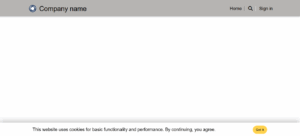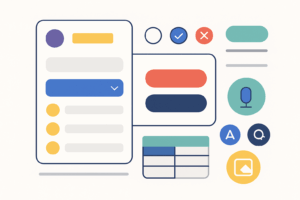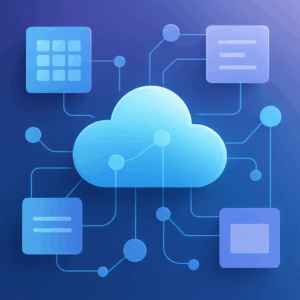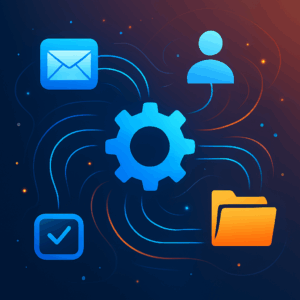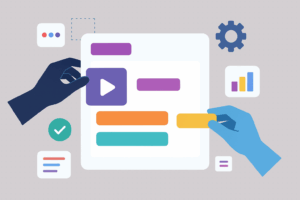What is the Microsoft Power Platform?

The Microsoft Power Platform is a suite of low‑code tools designed to help people across your organization analyze data, build custom apps, automate processes and even publish external websites — all without needing to be a professional developer. By unifying four core products under one umbrella and connecting them through a shared data service called Dataverse, the platform enables you to turn ideas into working solutions quickly. Whether you’re a business analyst looking to visualize data, a line‑of‑business manager wanting to replace manual spreadsheets with an app, or an IT pro trying to streamline approvals, the Power Platform offers an accessible way to modernize and innovate.
How the Power Platform works
At its heart, the Power Platform is a low‑code platform. This means you can create solutions using intuitive drag‑and‑drop interfaces and natural‑language prompts rather than writing large amounts of code. Professionals and citizen developers alike can collaborate on the same platform to deliver business value faster. The four products that make up the platform are:
- Power BI – business intelligence and data visualisation.
- Power Apps – custom application development.
- Power Automate – workflow and process automation.
- Power Pages – external web site creation.
Each component can be used on its own, but their real strength comes from working together. A dashboard in Power BI can launch a Power App to take action on insights; a form built in Power Pages can trigger a Power Automate flow; and all of them can securely read and write data using Dataverse and 1,000+ connectors.
Power BI: turn data into insight
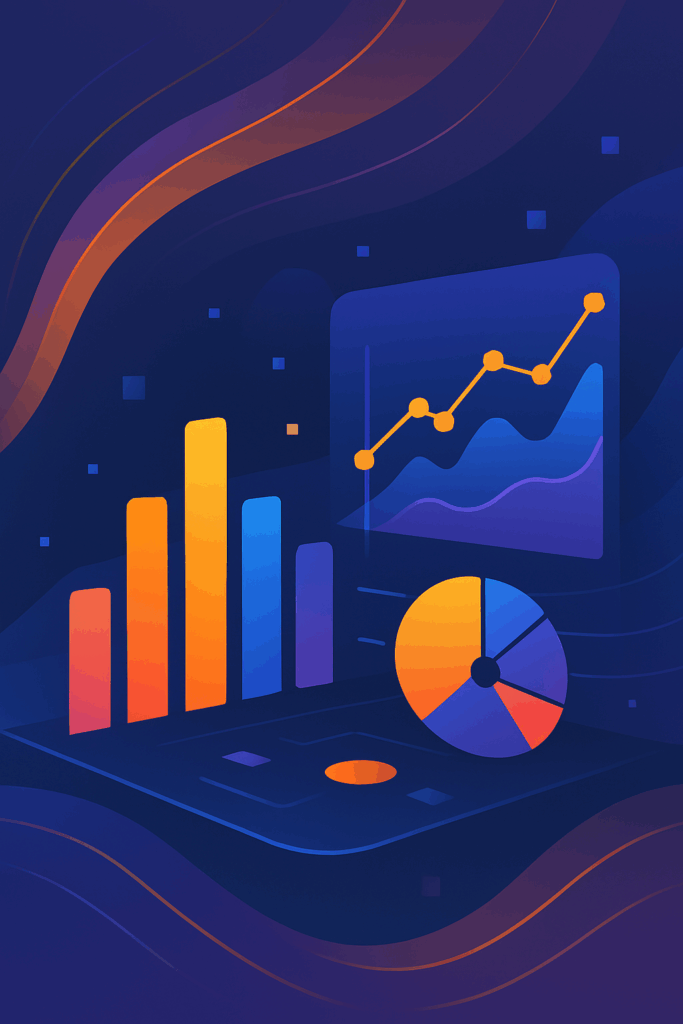
Power BI is Microsoft’s unified, scalable business‑intelligence platform. It connects to hundreds of data sources — from spreadsheets and SQL databases to cloud services — and allows users to build interactive dashboards and reports using a drag‑and‑drop interface. Because the platform is designed for self‑service analytics as well as enterprise reporting, you can start with simple charts and evolve into robust data models without changing tools.
Key features
- Unified and scalable: A single platform for both self‑service and enterprise BI. Connect to and visualize data from almost any source and embed those visuals into apps you use every day.
- Interactive dashboards: Create rich dashboards and reports with filters, drill‑down and natural‑language queries. Users can explore data on the web or mobile devices.
- Collaboration and sharing: Publish reports securely to the Power BI service and share them with colleagues or embed them into Microsoft Teams, SharePoint, Power Pages or other applications.
- AI‑powered analytics: Built‑in AI capabilities help spot patterns and anomalies in your data. When combined with Copilot in the Microsoft Fabric analytics platform, even non‑technical users can ask questions and generate visualisations using natural language.
Typical use cases
Power BI is ideal for executives needing a real‑time view of key performance indicators, finance teams looking to unify data from multiple systems, or business analysts who want to explore data without waiting for IT to build reports. It is also increasingly used in combination with Power Apps and Power Automate — for example, adding action buttons to a report that open a related app or launch an approval workflow.
Power Apps: build custom apps without heavy coding
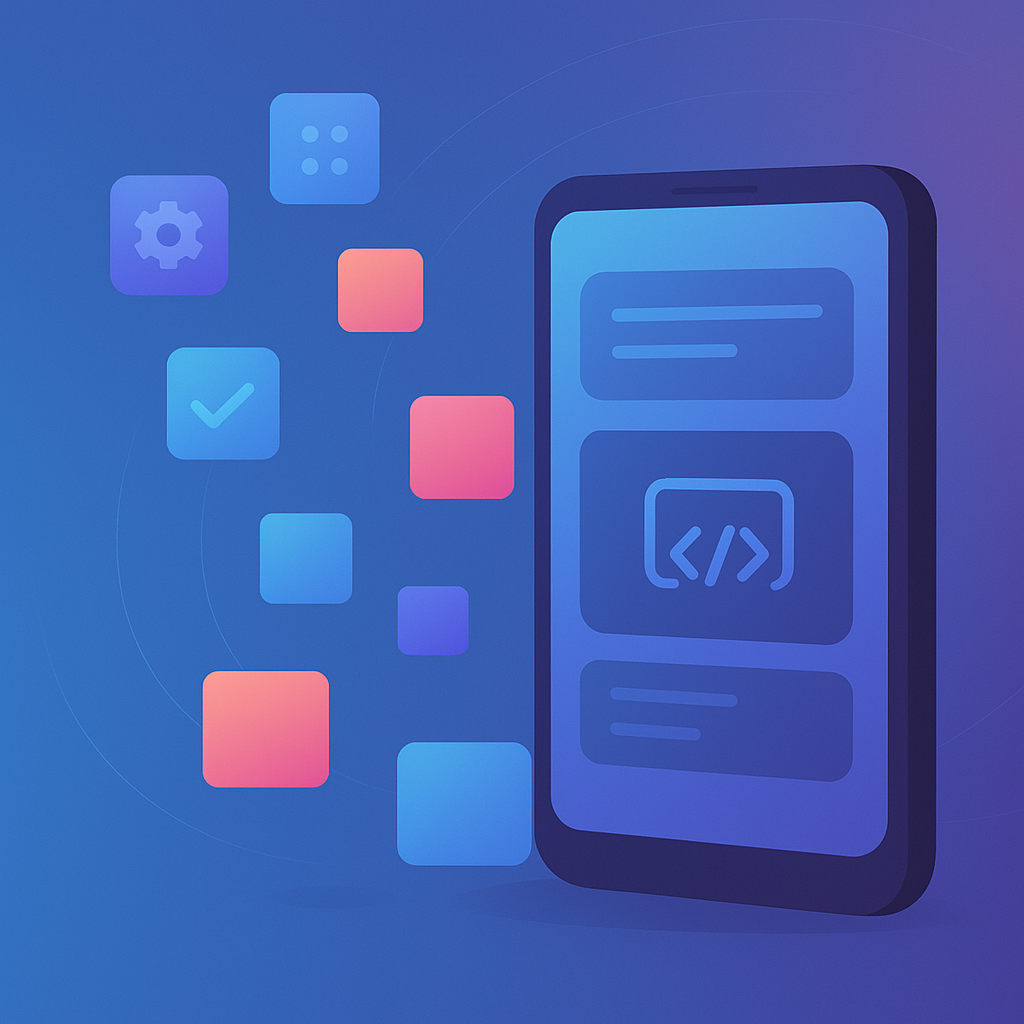
Power Apps provides a rapid application‑development environment for building tailored business apps with minimal code. According to Microsoft’s own description, Power Apps is a suite of apps, services and connectors, as well as a data platform, that provides a rapid development environment to build custom apps for your business needs. You can connect to data in Dataverse, Microsoft 365, Dynamics 365, SharePoint or hundreds of other sources and assemble screens and forms using drag‑and‑drop controls. The platform supports three types of apps: canvas apps, model‑driven apps and Power Apps cards (micro‑apps that can be embedded into other services).
Key features
- Drag‑and‑drop design: Create responsive apps by selecting controls such as text inputs, galleries, buttons and forms and positioning them visually on a canvas.
- Rich business logic and workflow: Apps built with Power Apps include conditional logic, validations and workflow rules to replace manual processes. They can run in browsers and on mobile devices.
- Extensibility: Pro developers can extend apps with custom connectors, Power Apps component framework controls, Azure Functions or integration with other services. Power Apps also includes AI assistance through Copilot to help design apps and generate formulas.
Typical use cases
Power Apps is suited for replacing spreadsheets, paper‑based processes or legacy applications with a modern app. Examples include expense‑tracking apps, inspections, customer self‑service portals, order entry forms, or mobile apps for field workers. Because Power Apps uses the same security and data model as Dataverse, it integrates seamlessly with the rest of the Power Platform.
Power Automate: streamline workflows and save time
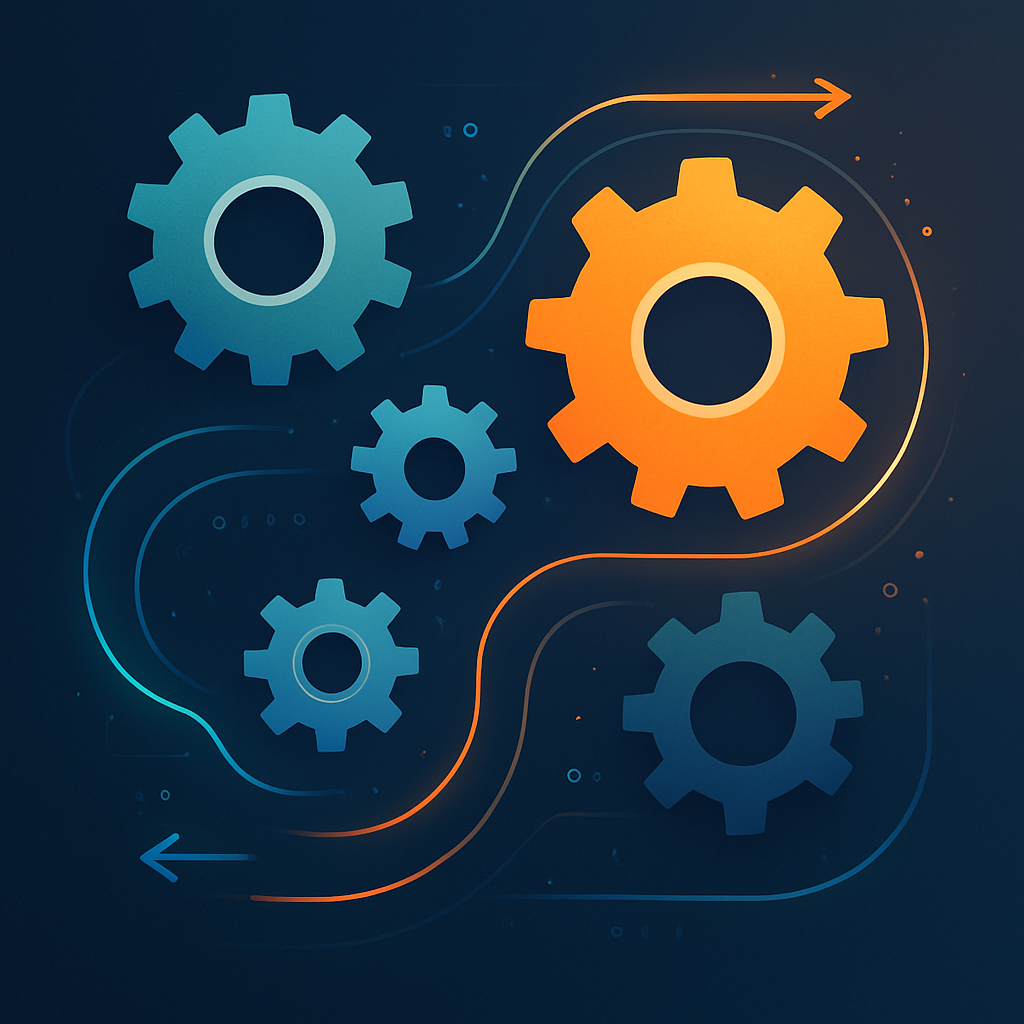
Power Automate (formerly Microsoft Flow) helps you automate repetitive tasks and orchestrate business processes across services. It offers an intuitive interface and a library of connectors so you can create workflows without writing code. As Microsoft explains, Power Automate helps you streamline your business processes and automate repetitive tasks. You can drag and drop components and set up workflows to save time and improve efficiency; flows can handle simple tasks like sending notifications or approvals as well as complex processes across multiple apps.
Key features
- Multiple flow types: Build cloud flows that run on a schedule or when specific events occur; desktop flows that automate tasks on a local computer; and AI‑driven generative actions (in preview) that choose the right steps based on your intent.
- Wide range of connectors: Power Automate supports over a thousand connectors for Microsoft 365, Dynamics 365, SharePoint, SQL, Salesforce and many more, enabling cross‑system workflows.
- User‑friendly design: Use a visual designer with drag‑and‑drop actions and natural‑language prompting. Templates help you get started quickly.
- Scalability and governance: Centralized administration, analytics and security controls help IT teams manage automations across the organization.
Typical use cases
Common scenarios include sending automated alerts when data changes, routing documents for approvals, synchronising files between systems, extracting data from emails, or orchestrating end‑to‑end business processes that involve multiple applications. Power Automate also integrates closely with Power Apps (for triggering workflows from an app) and Power Pages (for responding to form submissions).
Power Pages: publish secure, data‑driven websites
Although the Power Platform is often associated with internal business solutions, Power Pages extends its reach to the external world. Power Pages is described by Microsoft as a secure, enterprise‑grade, low‑code software‑as‑a‑service platform for creating, hosting and administering modern external‑facing business websites. Whether you’re a maker building your first site or a professional developer, Power Pages lets you design and publish sites that work across browsers and devices.
Key features
- Low‑code site builder: Use a visual design studio to assemble pages, sections and forms using drag‑and‑drop components and pre‑built templates.
- Responsive and secure: Sites built with Power Pages adapt to different screen sizes and include role‑based access control, authentication and data security features.
- Dataverse integration: Power Pages uses the same data store as the rest of the Power Platform, making it easy to display and collect data that’s already used in apps, automations and reports.
- Extensibility for developers: Professional developers can customise sites with HTML, CSS, Liquid templates and JavaScript, and automate deployment using the Power Platform CLI and continuous‑delivery pipelines.
Typical use cases
Power Pages is ideal for building customer or partner portals, event registration sites, knowledge bases, product support hubs or any external‑facing experience that needs to interact with business data. For example, you can create a customer self‑service portal that allows people to submit support requests, update their own information and view personalised dashboards built with Power BI, while automations behind the scenes route the requests using Power Automate.
The power of working together
While each product provides value on its own, the real power of the Microsoft Power Platform comes from combining them. A sales team might analyse pipeline trends in a Power BI dashboard, click a button to open a Power App that updates an opportunity record, and automatically trigger a Power Automate flow that notifies stakeholders. Data entered by customers on a Power Pages site can feed directly into the same Dataverse tables used by internal apps and reports. Because everything shares a common data model and security framework, solutions can scale from a single app to enterprise‑wide platforms.
Getting started
The Power Platform is designed to democratise digital innovation. You can start exploring these tools with free trials and developer environments. Begin with a simple use case — perhaps creating a personal dashboard in Power BI or automating notifications when a file is uploaded. As you grow more comfortable, you can build richer apps, automate end‑to‑end processes and deliver websites that connect with customers. With integrated AI capabilities like Copilot, and continuous updates from Microsoft, the Power Platform provides a future‑ready foundation for transforming the way you work.

